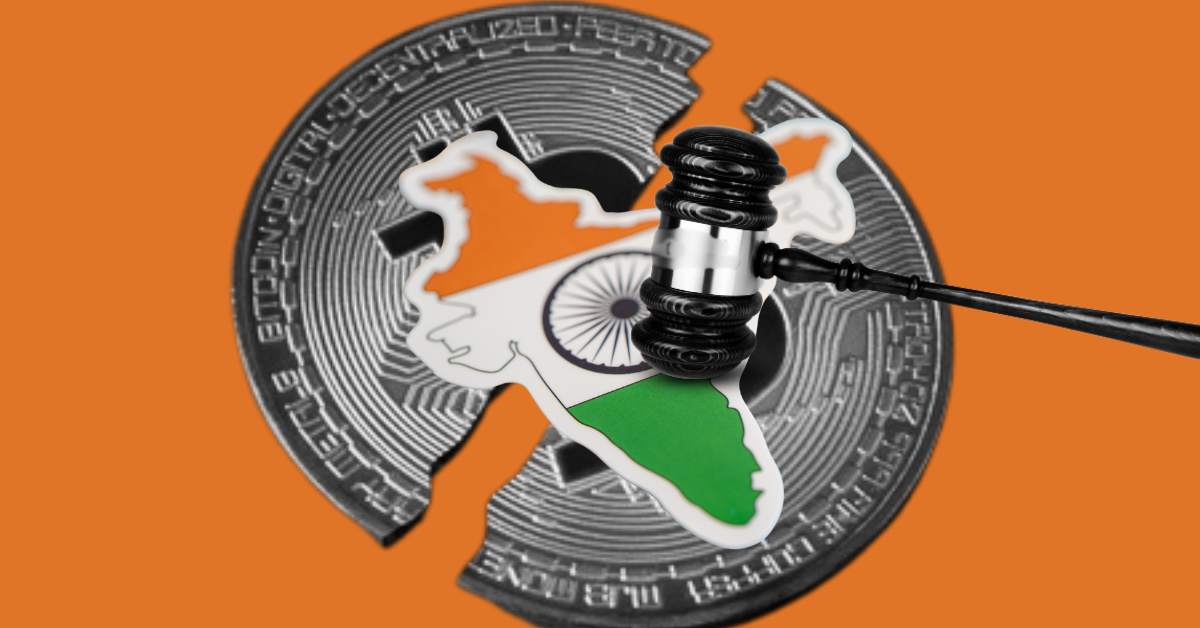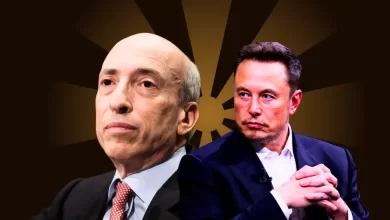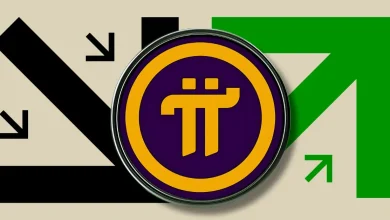
India is not rushing to regulate cryptocurrencies, preferring a "wait-and-see" approach.
India aims to have a de facto regulatory framework in place by 2025.
Capital controls and concerns about the free trading of the rupee are major challenges for India.
The recent ripples in the crypto realm, marked by FTX’s collapse and regulatory scrutiny on Binance, have left stakeholders on edge. Amid this uncertainty, Jayant Sinha suggests a prudent ‘wait-and-see’ strategy to understand the future of the crypto space.
Let’s dive into India’s unique perspective, steering away from a specific crypto bill in 2024 but plotting a distinctive course through policy decisions to shape the regulatory landscape by 2025.
India’s Crypto Blueprint
In the maze of crypto developments, India is crafting its regulatory path, aiming to enact a de facto framework through strategic policy decisions. Despite the improbability of a specific crypto bill in 2024, the nation is positioning itself to align with the Financial Stability Board’s recommendations by the close of 2025.
An insider reveals that anti-money laundering rules and a crypto tax structure are already in place, offering a foundation as the nation treads carefully into the digital asset universe.
Central Bank’s Concerns
In a candid revelation, Sinha, a prominent figure in India’s financial landscape, echoes the concerns of the central bank regarding cryptocurrencies. He sheds light on the intricate challenges posed by India’s stringent capital controls, inhibiting the free trading of the rupee. This restriction, Sinha argues, makes it challenging for India to fully embrace crypto, especially when compared to economies like Singapore, Korea, and the US, where freely tradable currencies facilitate a more open approach to crypto adoption.
“In India where we have capital controls when you can’t freely trade the rupee for us to enable crypto assets is not really feasible,” Sinha said. “Unlike other economies like Singapore, or Korea or the US that have freely tradable currencies, and can get into crypto with a lot less trepidation. As far as India is concerned, we have to be very, very careful, very, very cautious when we talk about crypto. But crypto friends is just one use case for what is a revolutionary set of technologies that underlie Web3.”
Jayant Sinha
Crypto and Web3: Understanding the Technology
Despite the cautious stance toward crypto, Sinha emphasizes the revolutionary potential embedded in Web3 technologies. He underscores that while crypto is a significant use case, it merely scratches the surface of a transformative technological landscape.
This nuanced perspective reflects India’s commitment to tread cautiously, acknowledging the dual importance of fostering innovation and safeguarding financial stability.
While the delay in a specific crypto bill may be disheartening to some, it signals a more measured and thoughtful approach by Indian authorities. By prioritizing use cases, adhering to global standards, and adapting to the evolving crypto landscape, India aims to strike a delicate balance between fostering innovation and ensuring financial stability. The upcoming 12 to 18 months will play a pivotal role in sculpting India’s definitive stance on crypto and its relationship with the transformative forces of Web3.
More Insights Here: Cryptocurrency Regulations in India







